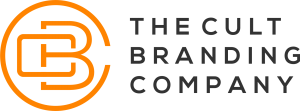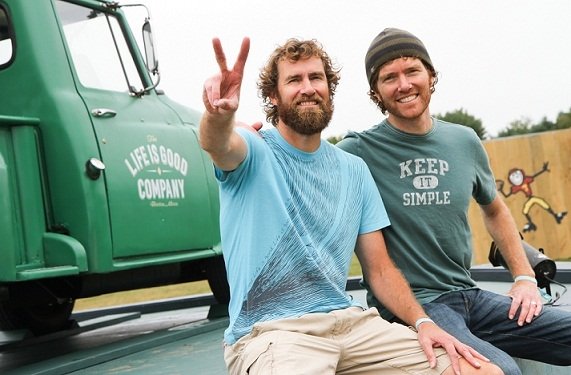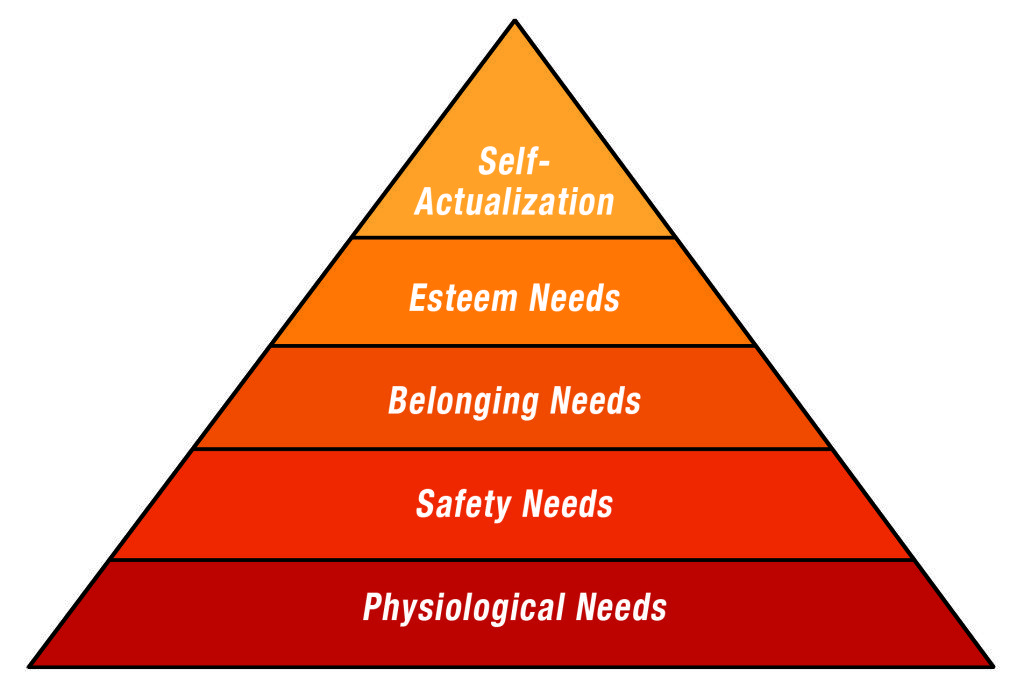It was an enlivening trip to the National Retail Federation’s Big Show this year. With over 30,000 attendees pacing over 800,000 square feet of exhibitors serving the retail market, it was difficult not to marvel at what human consciousness can do in its effort to survive and thrive.
On the same stage that former President George Bush occupied the previous day, our firm’s founder, BJ Bueno, held the keynote last Tuesday with the CEO of Life is good, Bert Jacobs.
On what topic did 3,000 of retail’s finest minds come to get inspiration from Bueno and Jacobs? They spoke about the most vital resource of any enterprise: human capital. Without good people steering the enterprise—without a strong, collaborative, and adaptable organization—business growth in our technological age is becoming unattainable. Human capital affects both the inside and outside of every business, its operations as well as its customer.
And so Bueno and Jacobs spoke about what’s on the minds of every out-performing CEO: empowering employees through values.
Businesses Are Getting a Humanistic Makeover
I find it exciting that values has become a hot topic among chief executives because it suggests that business is moving in a more humanistic direction.
Abraham Maslow spoke of the importance of enlightened management practices in the 1960s, suggesting that only those organizations that adopt a more democratic and humanistic approach to business will survive in the coming age. Maslow always was ahead of his time.
What Are Core Values?
What are core values then? Values are what we stand for. They are what we deem most important to us. There are many different values people can hold including compassion, joy, safety, love, peace, optimism, authenticity, fun, accountability, adventure, simplicity, boldness, effectiveness, curiosity, creativity, health. (Here’s a list of almost 400 different values.)
Our values influence everything we do: our behaviors, where we invest our time and with whom, and how we make decisions. If we don’t consciously unearth our values, they operate outside of our conscious awareness. If you haven’t undergone a process of discovering your personal values, individually or with a personal coach, you probably are conscious of some of your values, while foggy about others.
 Lori Mitchell-Keller Senior VP SAP, Bert Jacobs CEO Life is good, and BJ Bueno Founder The Cult Branding Company.
Lori Mitchell-Keller Senior VP SAP, Bert Jacobs CEO Life is good, and BJ Bueno Founder The Cult Branding Company.
The Power of Values for Cult Brands
At an organizational level, CEOs have discovered the vital role values play in cultivating organizational health. A defined set of corporate values helps align a large group of people under a common set of banners. Values help define what the organization stands for, how it will behave, and what missions it will rally around. It helps bring meaning, direction, and clarity to the workplace. It influences internal communication as well as customer service.
We’ve been studying the role values play in organizations since the inception of our firm. Cult Brands, by nature are aligned with very specific core values. And it is these core values that their loyal customers and raving fans rally around.
Core values are fundamental to brands like Apple, Harley-Davidson, IKEA, Southwest, Zappos, Life is good, Oprah, Vans, Star Trek, and all of the rest. (In an upcoming post we’ll highlight the values these Cult Brands stand for, so stay tuned.)
Values: The CEO’s Primary Agenda
To summarize, CEOs are putting an emphasis on core values for several important reasons.
First, CEOs are focusing on core values to improve the performance of their organization. While vales might appear “soft.” they yield hard business results.
Second, an organization guided by core values will naturally differentiate itself in the marketplace and attract more customers aligned with the same values. Values, then, play a vital role in branding and brand positioning. They become a key strategy for building customer loyalty.
Third, employees inspired by core values will treat their customers better; that is, they will treat their customers more as individuals, as humans. That’s a natural by-product of values; they tend to humanize us. The more human we feel, the more human our interactions with others become.



